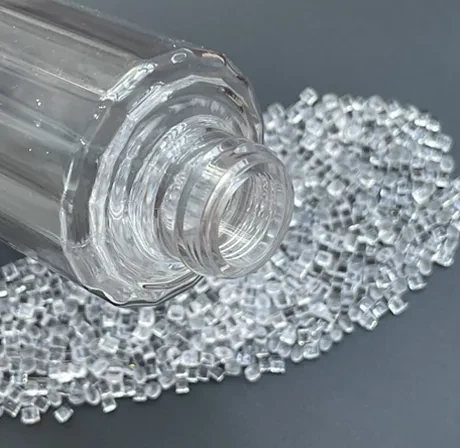
PETG (Polyethylene Terephthalate Glycol-Modified) is a commonly used material in Fused Deposition Modeling (FDM) 3D printing. It offers a balance of strength, flexibility, and ease of use, making it suitable for various applications.
PETG is commonly used in industries such as consumer products, packaging, medical, automotive, and electrical/electronics. Its versatility, strength, and ease of use make it a popular choice for a wide range of 3D printing applications.
PETG is commonly used to produce prototypes and functional parts that require good strength, durability, and dimensional stability. Its mechanical properties make it suitable for applications where parts may undergo stress or strain.
PETG is frequently used to create consumer products such as household items, toys, and gadgets. Its excellent clarity and ability to be easily colored or tinted make it ideal for creating visually appealing and functional objects.
PETG's high transparency and resistance to impact make it a popular choice for packaging applications. It is used to create blister packs, clamshell packaging, protective cases, and containers for various products.
PETG is widely used in the medical and healthcare industries due to its biocompatibility and ease of sterilization. It is used to create medical device components, prosthetics, laboratory equipment, and personal protective equipment (PPE).
PETG's transparency and ability to be easily formed and shaped make it ideal for creating displays, signs, and advertising materials. It is often used for point-of-sale displays, signage, light fixtures, and product showcases.
PETG is used for producing automotive components that require impact resistance, dimensional stability, and good surface finish. It can be used for interior trim parts, protective covers, and exterior components.
PETG's electrical insulation properties make it suitable for electrical and electronic applications. It can be used to create enclosures, housings, and components for electrical devices, switches, and connectors.
PETG is weather-resistant and UV-stable, making it suitable for outdoor applications. It can be used to create garden tools, outdoor signage, architectural models, and protective covers for outdoor equipment.
| Property | Value |
|---|---|
| Tensile Strength | Typically around 50-60 MPa or higher |
| Flexural Strength | Usually in the range of 60-70 MPa or higher |
| Elongation at Break | Typically around 3-5% |
| Density | Approximately 1.27 g/cm³ |
| Glass Transition Temperature (Tg) | Typically around 70-80°C |
| Melting Temperature (Tm) | Typically around 240-260°C |
| Filament Diameter | Commonly available in diameters of 1.75 mm and 2.85 mm |
| Print Temperature | Generally ranges from 230-250°C, but can vary depending on the specific PETG filament |
| Bed Temperature | Usually between 60-80°C, but again, can vary based on the filament and printer |
| Thermal Expansion Coefficient | Approximately 80-90 x 10-6/°C |
| Chemical Resistance | PETG exhibits good resistance to many chemicals, including acids, alkalis, and oils |
| Transparency | PETG has excellent clarity and transparency, similar to glass |